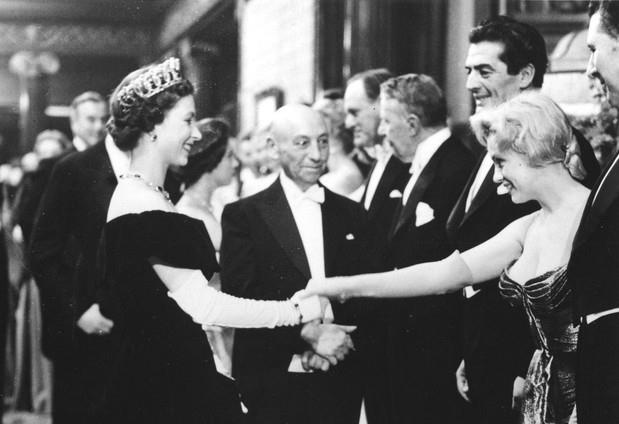Making a proper introduction is a science. It may seem simple but can actually become intimidating if you don’t know the proper protocol to follow. You’re not sure which title to use or whose name to say first, it can be tricky! However, by knowing the correct formulas it becomes much easier.
#1 Rule
The number one thing to remember is that you must always present the less important person to the most important person.
To keep it simple say the most important person’s name first.
(Most important person) may I introduce (less important person).
So for example:
“Your Majesty may I introduce Mr. York.”
or
“Grandmother I’d like you to meet my fiancé Edward.”
*Tip: Be careful when using the phrase “introduce you to.” Saying “Your Majesty I would like to introduce you to Mr. York” is now incorrect because you are now presenting the Queen to Mr. York. So when using this phrase be sure to say the less important name first.
Who’s the most important?
Now the next question is how do you know who’s the most important person. Sometimes it’s obvious in the case of a President, Royalty or high ranking official but it can get quite muddled in other cases. In general remember these 3 rules:
- Women > Men
- Older > Younger
- Higher position/title > Lower position/title
So a woman is always more important than a man the exception being if he is of a distinguished position. For example if your husband is introducing you to his boss he would say. Mr. Bossman this is my wife Henrietta. An older person such as a parent or teacher is more important than a younger person unless again the younger person is more distinguished. A person with a higher career or social position is more important than one with a lower position.
If you happen to be in a situation where both the people you are introducing are equal in gender, age, and position then the more important would be the person you know less. So you would present your best friend to your new friend.
“Katherine this is one of my oldest friends Eleanor.”
Phrasing
Now that you know who to introduce to whom you can perfect the phrasing you wish to use.
These are classic phrases used for introductions ranging from informal to more formal.
- “This is…”
- “I’d like you to meet…”
- “Have you met…”
- “I’d like to introduce…”
- “Please allow me to introduce…”
- “May I present…”
* Tip: When introducing dignitaries or high ranking officials use “May I present….” It’s more official and therefore more appropriate.
You will also want to add some descriptive phrases about the people you are introducing.
“Miss Jones may I introduce Mr. Howard, he’s a fabulous skier. Mr. Howard this is Miss Jones, she has the coziest chalet in St. Moritz.”
This gives people a jumping off point to start a conversation. You should try to introduce people you think may have some commonalities and get along.
Bonus Details
- Look at the person whose name you are saying so it’s obvious who is who (particularly important when introducing groups).
- Speak loud and clear. Remember the people you are introducing are trying to learn new names.
- If using titles make sure they match up. For instance you wouldn’t say “Miss Alice Simpson please meet Louise Brown.”
- If there’s an obvious age difference you can make your introduction using more formal titles such as Mr., Mrs., Dr. and let the elder suggest the use of first names if that is their wish.
- Introduce everyone by both their first and last name unless it’s a very informal setting or you’re introducing your spouse or children. You can also add relationship titles such as “my Aunt Kay O’Gara” or “my Grandfather Stanley Kaufman.”
- If introducing a group to someone say the names of the group members first as to get their attention. “Elizabeth, Henry, Charles, this is Edward Bradshaw. Edward, this is Elizabeth Howard, Henry Browning, and Charles Parker.”
HOMEWORK: Who would you most like to be introduced to? Tell me in the comments below! I would love to meet Kate Middleton… I mean Catherine, Duchess of Cambridge.






